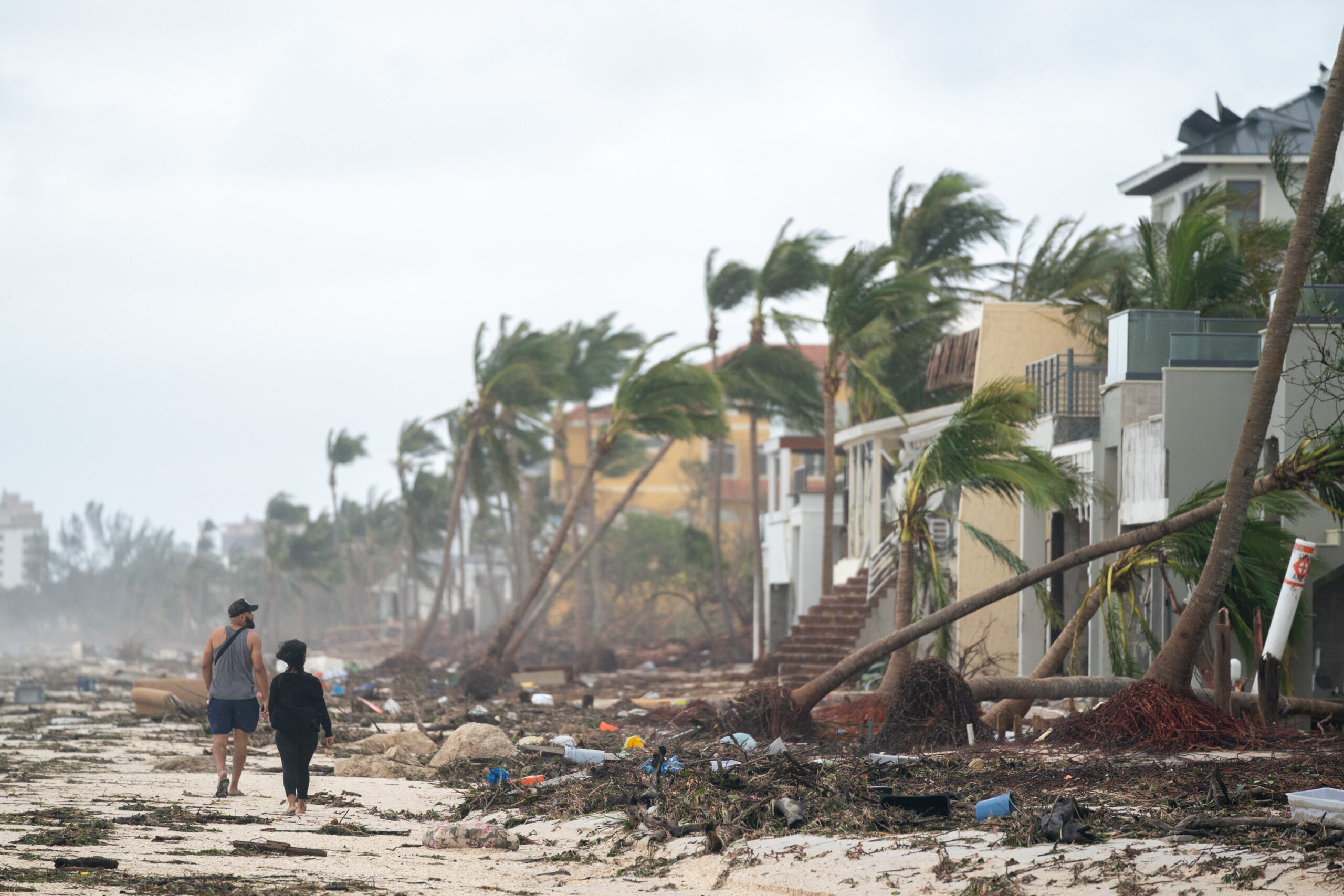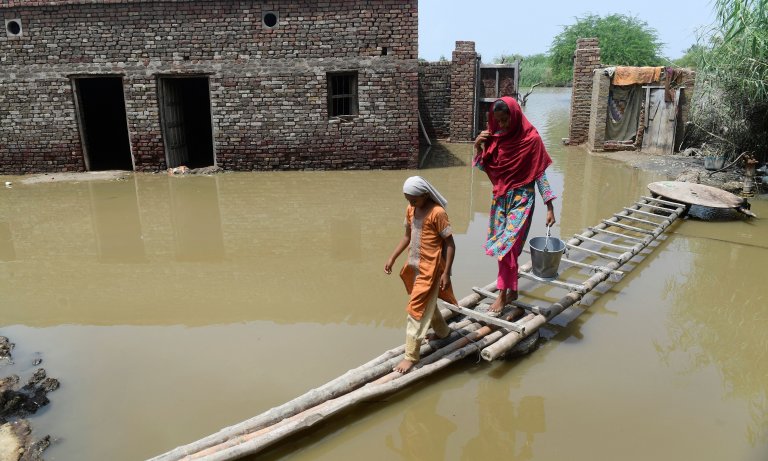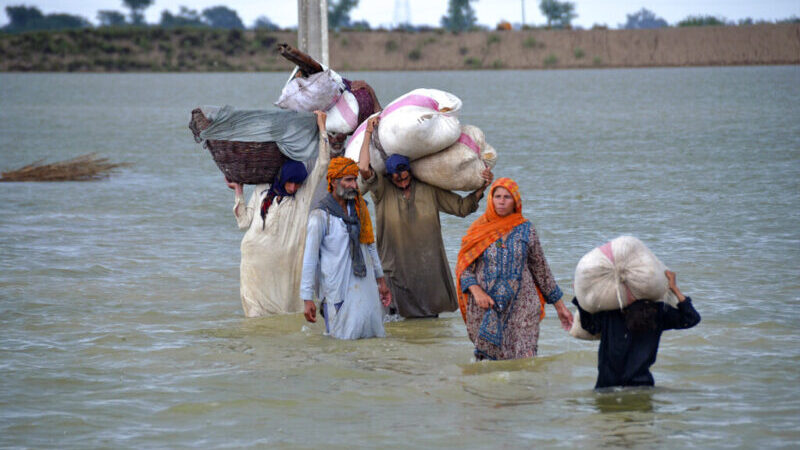
Unveiling the Devastating Consequences and Urgent Need for Action
Introduction:
Climate change has become an indisputable reality, with its consequences echoing across the globe. Among the most alarming impacts are the increased frequency and intensity of natural disasters. From devastating hurricanes to prolonged droughts, these events not only cause widespread destruction but also pose significant risks to lives, infrastructure, and economies. This article delves into the devastating consequences of climate change-driven natural disasters, emphasizing the urgent need for immediate action to mitigate and adapt to these changing conditions.

- The Growing Threat of Natural Disasters:
The link between climate change and the frequency and intensity of natural disasters is evident. Rising global temperatures aggravate weather patterns, leading to more frequent and severe events such as hurricanes, droughts, floods, and wildfires. Detailed analysis of historical data and climate models showcase the alarming trends, highlighting the urgency of addressing climate change to mitigate these hazards. - Impact on Human Lives and Vulnerable Communities:
Natural disasters disproportionately affect vulnerable communities, exacerbating existing inequalities. Low-income communities, marginalized populations, and developing countries bear the brunt of these disasters, lacking the resources and infrastructure to prepare and recover adequately. The consequences extend beyond immediate physical damage, resulting in displacement, loss of livelihoods, compromised health, and increased vulnerability to exploitation and violence. - Destruction of Infrastructure and Economic Losses:
Natural disasters wreak havoc on critical infrastructure, including homes, schools, hospitals, and transportation networks. Rebuilding and recovery efforts strain already limited resources, hindering economic development. The costs associated with these events, from emergency response to long-term reconstruction, often drain budgets and hinder socio-economic progress. Furthermore, businesses and industries heavily impacted by disasters face substantial setbacks, leading to job losses and economic instability. - Environmental Consequences and Loss of Biodiversity:
Beyond human impacts, natural disasters have severe consequences for ecosystems and biodiversity. Hurricanes and wildfires destroy habitats and disrupt delicate ecological balances. Rising sea levels threaten coastal ecosystems and jeopardize marine life. The loss of biodiversity not only diminishes ecosystem services but also compromises future resilience and adaptation to climate change. - Health Risks and Disease Outbreaks:
The aftermath of natural disasters can result in numerous health risks. Contaminated water sources, disrupted sanitation systems, and overcrowded shelters create breeding grounds for diseases. Inadequate healthcare infrastructure and limited access to medical services exacerbate these risks. Moreover, mental health issues, including post-traumatic stress disorder (PTSD) and anxiety, become prevalent among survivors, requiring long-term support.

6. Importance of Mitigation and Adaptation Strategies:
To address the growing threat of natural disasters, a comprehensive approach is needed, encompassing both mitigation and adaptation strategies. Mitigation efforts focus on reducing greenhouse gas emissions, transitioning to renewable energy sources, and promoting sustainable practices. Simultaneously, adaptation measures involve building resilience in infrastructure, communities, and ecosystems to withstand and respond effectively to climate-related hazards.
7. International Collaboration and Policy Involvement:
Recognition of the urgency and complexity surrounding natural disasters necessitates global coordination. International agreements like the Paris Agreement highlight the need for collective action in mitigating climate change and building adaptive capacity. Governments, organizations, and individuals must collaborate to implement robust policies and measures, providing financial and technical support to vulnerable communities and enhancing disaster preparedness.
8.Community Engagement and Local Solutions:
Empowering local communities and involving them in decision-making processes is crucial for effective disaster management. Community-based approaches that integrate traditional knowledge with scientific expertise can foster resilience and improve disaster response. Building local capacity, implementing early warning systems, and establishing evacuation protocols are vital to safeguard lives and minimize damages.
All Categories
- Agricultural Methods
- Agriculture and Women Small Farmers Rights Awareness
- Climate Change
- Disable and Human Rights
- Disable Jobs
- Donation
- Education
- Health Issues
- Organic Foods
- Organic Vegetables
- Orphans Children
- Plastic production and disposal
- Services
- Sinking in Scarcity
- Success Stories
- Uncategorized
- Waste Management
- Women Rights
- Youth Empowerment




